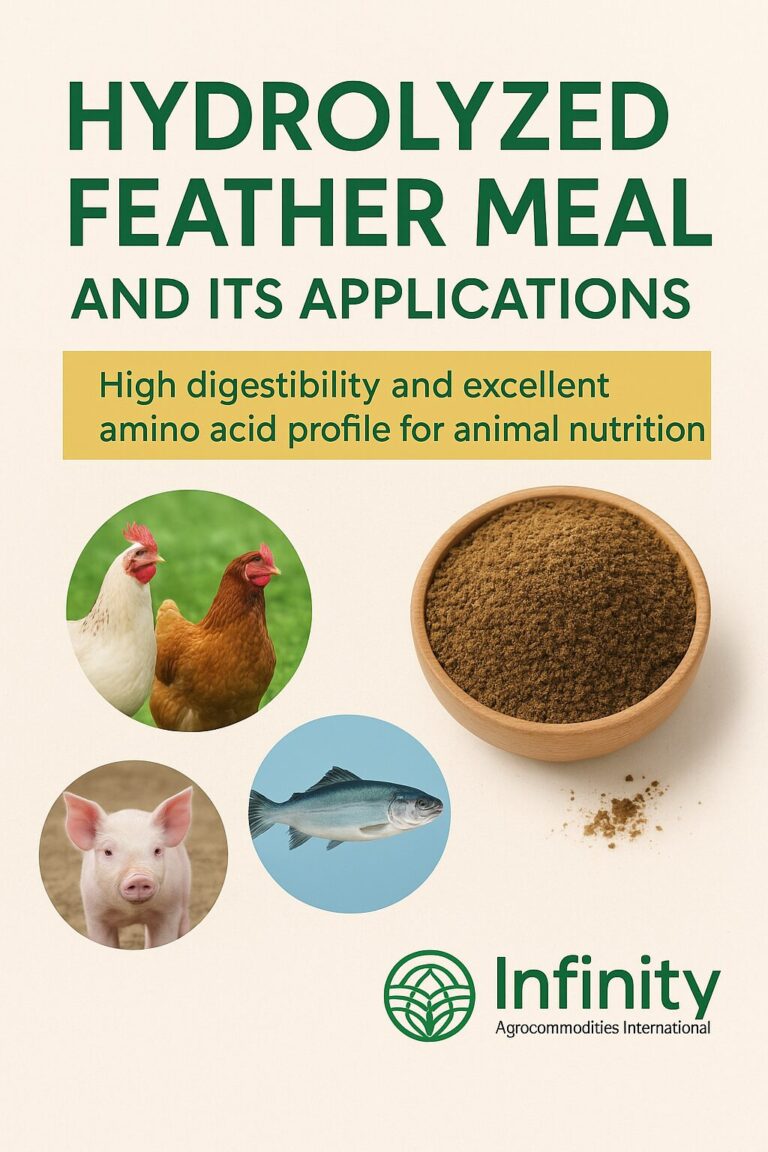Mother Nature is throwing a lot of weather curveballs this season. Keep your eye on the ball and score big at harvest with these practical nitrogen management recommendations.
Mother Nature has thrown all sorts of weather curveballs at corn growers this spring. Farmers are dealing with every kind of weather extreme – from deep drought in parts of the West to record rainfall in the East. The result: some growers have been fortunate enough to use a timely, planned nitrogen (N) program, while others are having to play catch-up and use a rescue approach to N this season.
“In either scenario, it’s essential to not only take care of the crop on the front end, but to monitor your nitrogen system—to keep an eye on potential midseason loss and the supplying power of the soil. Then, on the back end, you want to ensure the crop has a strong finish,” explains Ken Ferrie, Farm Journal Field Agronomist.
Maximize Efficiency, Minimize Loss
All along the way, during every season, Ferrie encourages growers to adopt this tried-and-true mantra: No matter what, never let corn have a bad day.
Illinois farmer Mike McLaughlin has embraced that goal with his nitrogen program in corn for more than a decade.
He establishes some baseline fertility for each corn crop with a fall application of dry nitrogen through DAP or ammonium sulfate (approximately 48 lb. per acre of N), followed in the spring with a pre-plant weed-and-feed application of 60 lb. to 100 lb. of N per acre, depending on field conditions.
Next up, McLaughlin goes with a sidedress application, using mostly anhydrous and some 32% liquid nitrogen, adjusted based on field conditions and the guidance he gets from nitrate tests.
“Our total N range – with the weed-and-feed and sidedress – is someplace between 170 pounds on the low end up to 210 pounds per acre, with a couple of places that might get 250 pounds,” says McLaughlin, who’s based in McLean County. “The key principle is applying nitrogen closer to when the crop needs it, rather than far in advance, to minimize loss and optimize efficiency,” he adds.
The Value Of Nitrate Tests
McLaughlin relies on nitrate tests to guide sidedress applications. He pulls, on average, four samples per 160 acres for testing and usually gets the results within three days.
A turnaround time of two to four days prior to sidedressing is ideal, Ferrie notes, as the sample results have to be turned into an application map.
“Be strategic on your sampling starting with high-risk areas (low spots, sandy areas and spots with sidehill seep). If those areas are OK, there’s a good chance the rest of the field will be fine,” Ferrie says.
”Keep in mind nitrates move up and down with the water, especially after a rain or irrigation. Also, the plant can be pick up as much of 10 lb. of N per day from the soil,” Ferrie adds.
McLaughlin says while this season has been nitrogen-friendly so far, he’s no stranger to growing corn in water-saturated fields.
“We’ve farmed when there’s been a lot of ponding and an extended planting season because of rain, and there was considerable N loss,” he says. “I do believe pulling these (nitrate) samples gives you a pretty accurate picture of what’s going on with your nitrogen.”
Late-Season Considerations For Nitrogen
Every growing season is different and can require some fine-tuning of your nitrogen program. Ferrie offers these two additional considerations for late-season N use :
1. Planned programs that automatically build in a late-season N application are good for corn that is at high risk of running short of N. High-risk fields commonly have heavy clay soils, sands or highly variable soil with poor drainage.
Fields with high clay content soils run into trouble after heavy rains, when the clay hangs onto the water, leading to denitrification. On the opposite end of the spectrum, sandy soils are a high risk for leaching—especially with big weather events.
Late-season N applications can be made with fertigation through center pivot systems. “This is especially effective with sandy soils,” Ferrie says. “Some guys are not set up to (or refuse to) put N through their center pivots because they’re worried it will rust up the pivot. But if fertigation is possible, putting 20 lb. of N on every other turn of the pivot will make a big difference.”
With a planned program, N applications are staged to give corn a steady diet of N. For instance, put a portion of your N down pre-emergent, sidedress another application at V5 to V7, and add a last dose between V10 to tasseling. The later you make the final application, the more N needs to be put on in the front end versus the back end.
“If a farmer is not going to do a late application, I like to have half to two-thirds of N up front—to take care of the vegetative stages—then sidedress for earfill,” Ferrie says. “When corn shows a strong visual response right after sidedress, it’s telling you there wasn’t enough N for the vegetative stages and growth was slowed.”
2. A rescue type program can be used with fields that only occasionally run out of N. These are often loam soils with good drainage and water holding capacity. In cases like this, N loss is minimal and the additional application cost of a late-season dose might be hard to pay for.
“If you only run into a rescue situation, one of every five years or even one in every 10 years, you’re better off staying with your existing N program and monitoring the crop for problems,” Ferrie says. “A big rain or a prolonged wet season can create the need for another dose of N.”
When that happens, the more timely your response is, the more bushels you will be able to save in the end.
While all the new tools farmers can use are valuable and can point to the need to apply rescue N, they are no substitute for in-field scouting. The findings from today’s cool tools need to be ground truthed.
“We’d all like to have a magic bullet that is a precise science, it isn’t here yet,” Ferrie says.
And, he cautions, it is important to tailor N use to match the specific yield potential of the field.
“N is a critical component of yield, but it is not the only factor,” Ferrie explains. “Be sure to determine the yield potential of the crop before applying more N. Ultimately, you’re looking for the highest ROI per acre and what’s best for the environment. For some farmers, the payback for the late-season application might be reduced N usage while maintaining yields.”
Source: https://www.agweb.com/news/crops/corn/reach-your-corn-yield-goals-strategic-nitrogen-use




